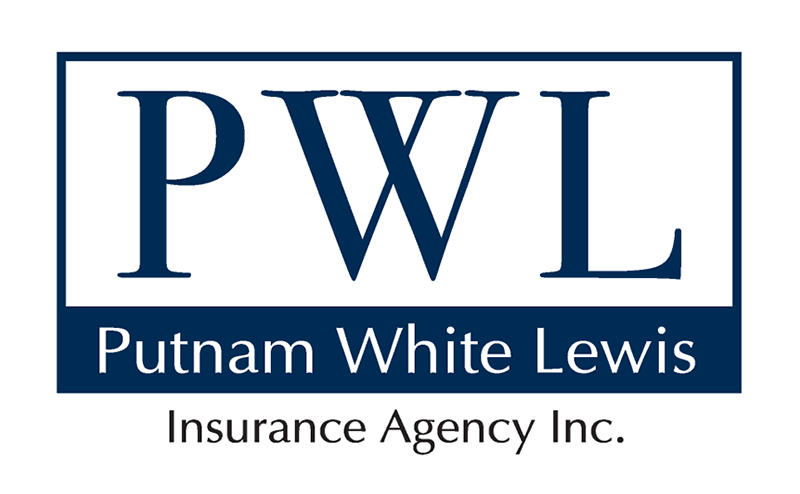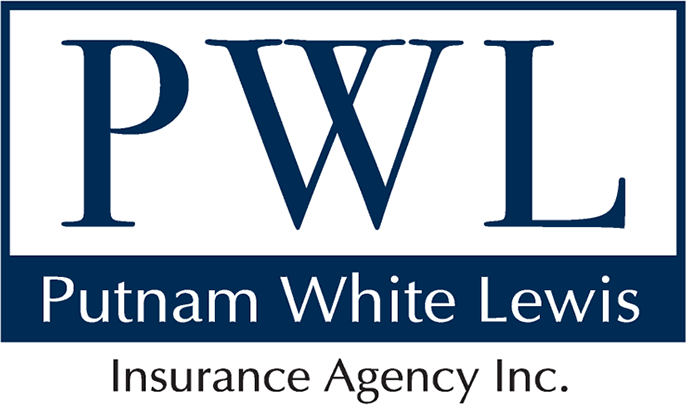If you’ve noticed an increase in your auto insurance premiums recently, you’re not alone. Many drivers are experiencing higher costs for their car insurance, even if they haven’t had any recent claims or changes in their driving habits. Several factors contribute to this trend, and understanding them can help you make informed decisions about your coverage. Here’s a look at why auto insurance premiums are on the rise.
1. Increased Repair Costs
Advances in Vehicle Technology:
Modern cars are equipped with advanced technology such as sensors, cameras, and sophisticated electronics that improve safety and convenience. However, these technologies come at a cost. Repairing or replacing these high-tech components is more expensive than fixing older, simpler systems. As repair costs rise, so do insurance premiums to cover these higher expenses.
Higher Parts Costs:
The cost of car parts has also been increasing. Supply chain disruptions and higher raw material costs have led to more expensive parts, further driving up the cost of repairs. Insurance companies factor these rising costs into their premiums.
2. More Severe Accidents
Distracted Driving:
Despite numerous safety campaigns, distracted driving remains a significant issue. The proliferation of smartphones and in-car entertainment systems contributes to more accidents. These accidents are often more severe, leading to higher medical and repair costs, which insurance companies pass on to policyholders through increased premiums.
Speeding and Reckless Driving:
During the COVID-19 pandemic, many areas saw a rise in speeding and reckless driving due to less traffic on the roads. These behaviors have continued, resulting in more severe accidents and, consequently, higher insurance claims.
3. Rising Medical Costs
The cost of medical care has been steadily increasing. When accidents occur, the medical expenses associated with treating injuries are higher than ever. Insurance companies need to cover these increased costs, which they do by raising premiums.
4. Increased Frequency of Natural Disasters
Natural disasters such as hurricanes, floods, and wildfires are occurring more frequently and with greater intensity. These events often lead to widespread vehicle damage, resulting in a surge of insurance claims. To mitigate these increased risks, insurance companies raise premiums.
5. Legal Expenses
The cost of litigation has also risen. If an accident leads to a lawsuit, the legal expenses can be substantial. Higher legal costs mean higher payouts for insurance companies, which are then reflected in the premiums charged to policyholders.
6. Inflation
General inflation affects many aspects of the economy, including the insurance industry. As the cost of goods and services increases, insurance companies adjust their premiums to keep pace with inflationary pressures. This ensures they can cover the cost of claims and remain financially stable.
7. Changes in Driving Patterns
Increased Mileage:
As more people return to regular commuting and travel after pandemic lockdowns, the total number of miles driven has increased. More driving means a higher likelihood of accidents, leading to more claims and higher premiums.
Urbanization:
Urban areas tend to have higher accident rates due to increased traffic density. As more people move to cities, the frequency of accidents and insurance claims rises, prompting insurance companies to adjust premiums accordingly.
How to Mitigate Rising Premiums
While the factors driving up auto insurance premiums are largely beyond individual control, there are steps you can take to potentially lower your costs:
- Bundle Policies: Many insurers offer discounts if you bundle auto insurance with other policies, such as homeowners or renters insurance.
- Maintain a Good Driving Record: Safe driving can earn you lower premiums through good driver discounts.
- Increase Your Deductible: Opting for a higher deductible can lower your premium, though it means you’ll pay more out-of-pocket in the event of a claim.
Understanding the reasons behind rising auto insurance premiums can help you better navigate your options and make informed decisions about your coverage. By taking proactive steps, you can manage your insurance costs effectively, even in a landscape of increasing premiums.


